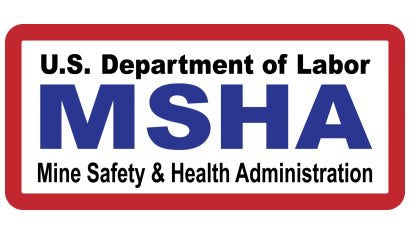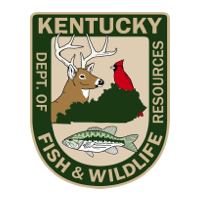Anniversary marks contributions of coal miners
Published 5:36 pm Tuesday, December 13, 2022
JORDAN BROOKS
jordan.brooks@middlesboronews.com
Dec. 6 marked the 115th anniversary of the worst mining disaster in American history. A total of 362 miners were killed in the Monongah mining disaster in West Virginia in 1907. That date has since been recognized as National Miners Day to recognize the contributions of miners and the dangers under which they work.
The U.S. Department of Labor’s Mine Safety and Health Administration helps to reduce deaths, injuries and illnesses in the nation’s mines with a variety of activities and programs. The agency develops and enforces safety and health rules for all U.S. mines and provides technical, educational and other types of assistance to mine operators. MSHA works cooperatively with industry, labor and other federal and state agencies to improve safety and health conditions for all miners in the United States.
“One of the things we remember [on National Miners Day] are the lives we lost in Monongah,” said Christopher J. Williamson, MSHA’s Assistant Secretary and a native of West Virginia. “There was also another mining disaster that also happened on December 6th, which is the Robena mine disaster in Pennsylvania.”
This commemoration remembers not only the miners that were lost in those two mine accidents, but all miners that have been lost, in fatalities as well as in occupational related illnesses such as black lung. The commemoration was also an opportunity for many to recognize what miners do for their community, nation and economy.
“A lot of people don’t understand the role that miners play in all of our lives. The phone that I have in my hand right now, all the components that go into making that, computers, television, all the sand and gravel that’s needed for infrastructure projects, the coal that is mined to make steel,” said Williamson. “All of these different commodities and materials that are necessary for our lives come from the labors of miners.”
The miners and their families sacrifice much, and National Miners day is a time to recognize and understand the important role that miners play. National Miners day is also a time to revisit how mining accidents in the past have been handled, and to improve miner health and safety on the job. When miners risk their lives everyday to ensure the economy is moving smoothly, it is important their health is protected on the job.
“At MSHA we fully subscribe to what congress laid out and made very clear in the mine act many years ago,” said Williamson. “So it’s literally the first thing that’s in there that the top priority and concern in the mining industry is the safety and health of its most precious resource, which is the miners.
“It’s the clear direction that we got from congress and the mission we have as an agency, that we take very seriously, to make sure that every miner that chooses to do that important work. The expectation is that the miner can go do that work and come home safe and healthy to their families and their communities at the end of each shift.
MSHA has several ongoing initiatives that are in place to help insure miner safety and well-being. One of these is MSHA’s “Miner Health Matters” campaign.
“There’s a number of things we have started under that, including work on a proposed rule to better protect all miners from exposure to respirable crystalline silica which…experts [attribute] to a rise in black lung disease,” Williamson said.
Experts also attribute prolonged exposure to silica to silicosis, which usually develops after longterm exposure to silica. Occasionally, it can occur after only a few months of very heavy exposure, according to Williamson. To help combat this, MSHA launched a silica-enforcement initiative to better protect miners from the exposure to silica.
“We know that miners who are exposed to silica at an unhealthy level over a period of time depending on exposure can make them sick and develop lung diseases as well as other health ailments that are typically progressive illnesses,” Williamson continued. “A lot of times there are no other potential employment opportunities, and there are others they have to provide for. Part 90 allows miners to keep working.”
Part 90 allows miners with signs of pneumoconiosis to work in an area of a mine with reduced concentrations of coal dust.







